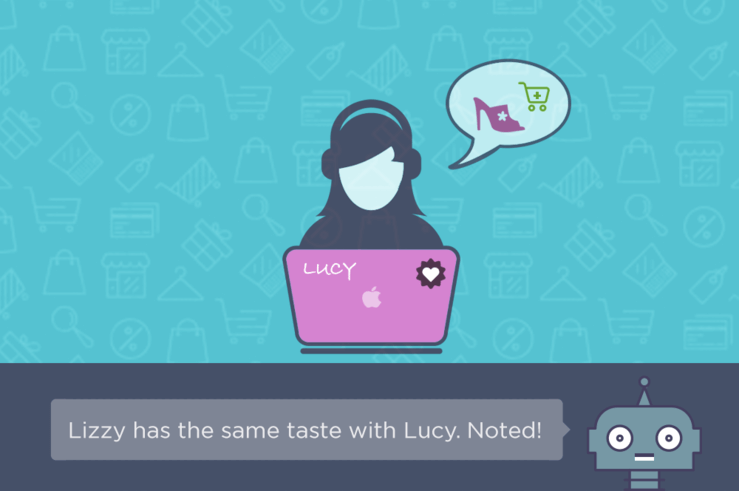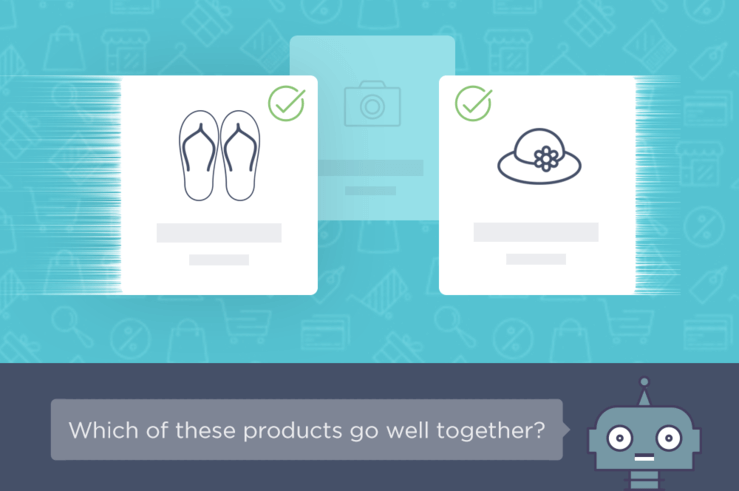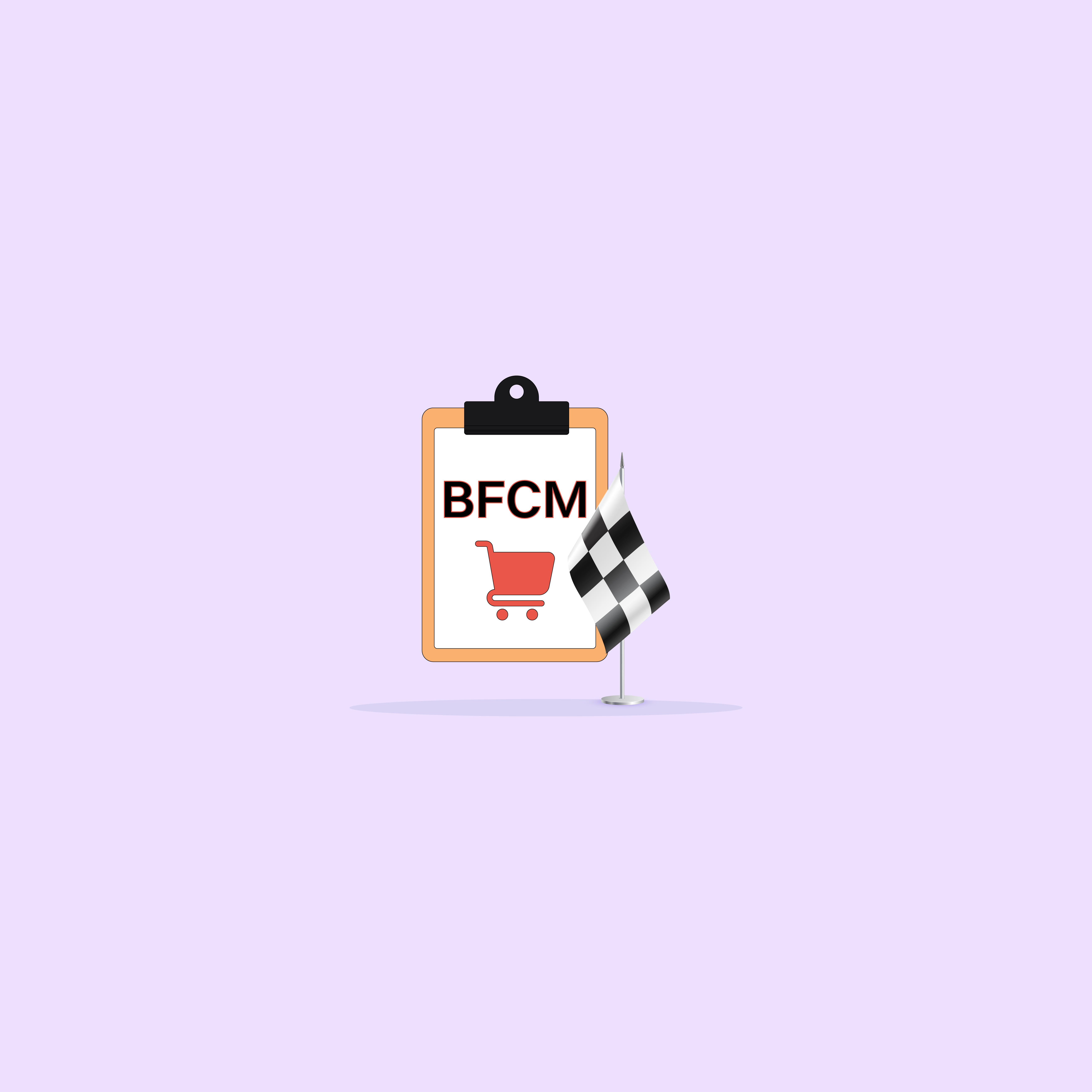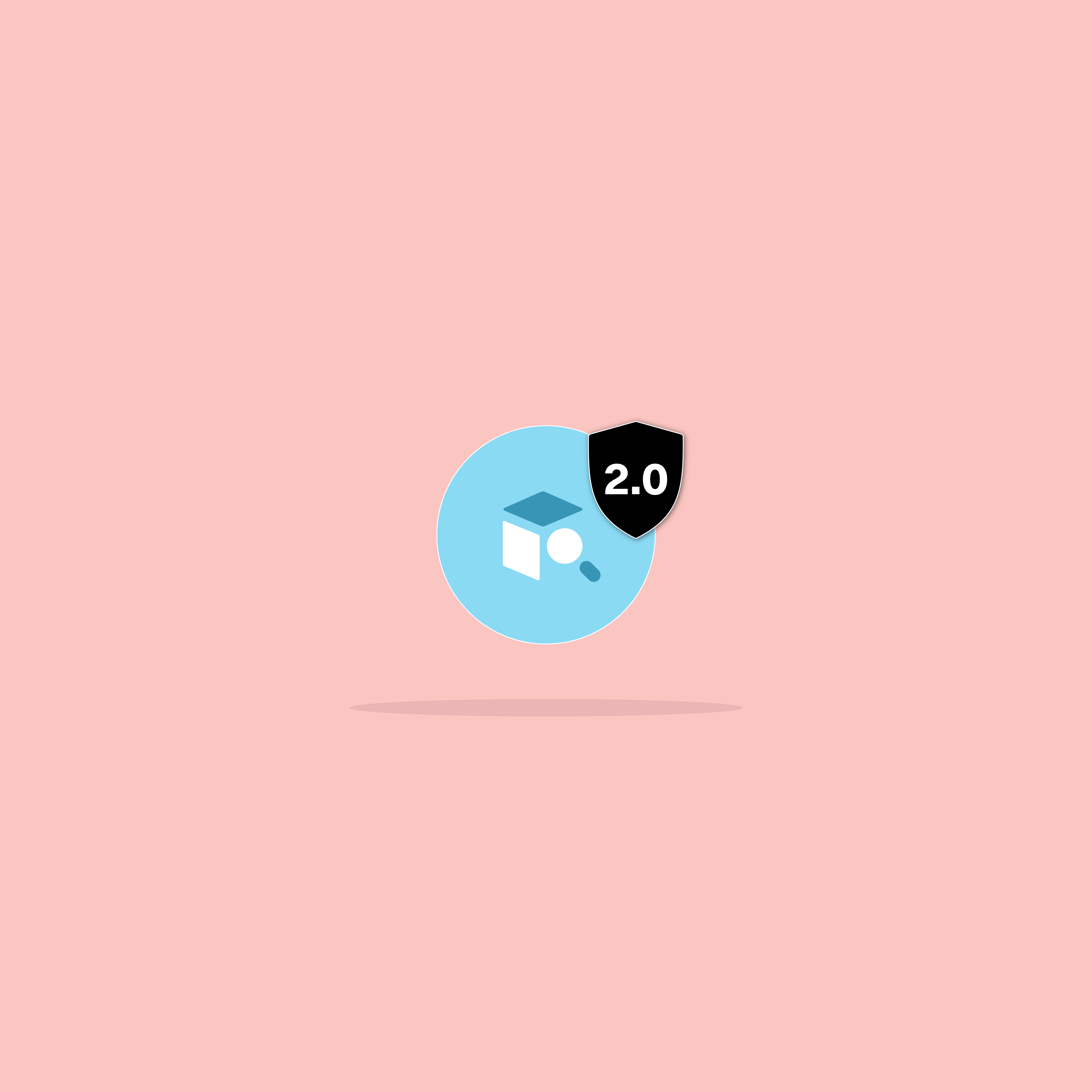Our websites use cookies. By continuing, we assume your permission to deploy cookies as detailed in our Privacy Policy.
How does Segmentify collect data? Track, Segment and then Target!
This is one of the questions we get most often from our clients, so we’ll briefly explain the technology behind our super-accurate, personalized real-time recommendations. But before we continue, let’s address an important topic:
First off, yes we collect and store online information from your visitors, and later use that information to recommend the most relevant products according to their preferences, but this is all GDPR compliant. Read more about our GDPR and Privacy Policy here. Additionally, any customer who requests their data to be removed shall have their request granted immediately. No need to worry!
Okay, let’s move on to the subject of real-time personalized recommendations, which is where the magic happens. To come up with the most accurate recommendations for each visitor, two programs are always running in the background. We like to call this ‘Track, Segment and Target’.
Two Machines Are Always Running
We’re able to offer your visitors the most accurate recommendations with the help of our smart micro-segmentation via our advanced machine-learning technology. Two separate programs are always running, monitoring and learning everything that’s happening in your online store.
The first program tracks and learns visitor behaviors from the very first click, in order to place each into the appropriatemicro-segment. The second program contains static information about all theproducts on your website, and creates three product groups for each of them. Combined, these two programs are able to recommend the most accurate products to each shopper within milliseconds!
Let’s go into a little bit more detail:
How are the visitor micro segments generated?

The first program tracks visitor behaviors, starting from the very first click. It continuously learns the actions of each visitor, such as browse, click, view, add to basket and purchase history. It then uses this behavior data to create micro-segments of visitors with similar tendencies. This means that shoppers belonging in micro-segment A were all previously interested in similar products, categories, campaigns or brands.
For example, if you’re a female mountain climber who usually searches for outdoor gear, you fall into the same micro-segment as other female adventurers. This means that if the majority of the micro-segment you belong to purchases an orange helmet, then you’re likely to be interested in purchasing one, too.
Yes, there are microsegments for first-time visitors
We have more than enough information even on your first-time visitors to know which products or campaigns are more likely to steal their hearts. The lack of sufficient data on first-time visitors is called the Cold Start Problem in ecommerce. Our Smart Offers algorithm has been specifically developed to overcome this difficulty and offer a warm welcome for your cold starters!
When a first-time visitor lands on your website, naturally we don’t have any information about their past behaviors. So the program can’t yet put theminto a micro-segment, such as ‘catowners’ or ‘salsa dancers’. But we still have importantinformation on each new visitor, such as their browser, device, location, referral channel, current URL, currency and browser language, so we can still separate them into the appropriate micro-segments. Lateron, Smart Offers will perform its magic and understand that visitors coming from a Twitter ad on an iOS device usually shop for new blue jeans; hence blue jeans are recommended to them!
And meanwhile product machine keeps on working

The second program collects static data about products, such as brand, category, price range, color, etc. For each product, we identify three product groups that are suitable for recommendation. Each product group usually consists of about 1,000 products.
1. Alternative Products to give your customer choice: Similar products within the same price range. Recommended when the visitor is a price-sensitive.
2. Upsell Products to increase your average order value: Second group is called the Upsell Products. These consist of related products that generally cost more. This algorithm best works with customers that are high-spenders.
3. Cross-sell Products to increase your online sales: Is your customer about to buy a new beanie for the upcoming fall season? Well, she better complete that look with a matching scarf. It’s on you to make sure she comes across with the products that go the best together!
Here come the two machines together
So in the end, when a visitor is looking at a product the first machine identifies the micro-segment the visitor belongs in, all the while the second machine identifies a set of products that should be recommended to them. Each set usually contains 1000 products. Out of that 1000 products, we pinpoint the ones that have been added to basket or purchased by similar customers from the same micro segment as the current visitor belongs in. All this input put together, as a result, we recommend the most accurate and relevant products for every single visitor.
Also, mind we remind you that this is all happening in less than milliseconds!








